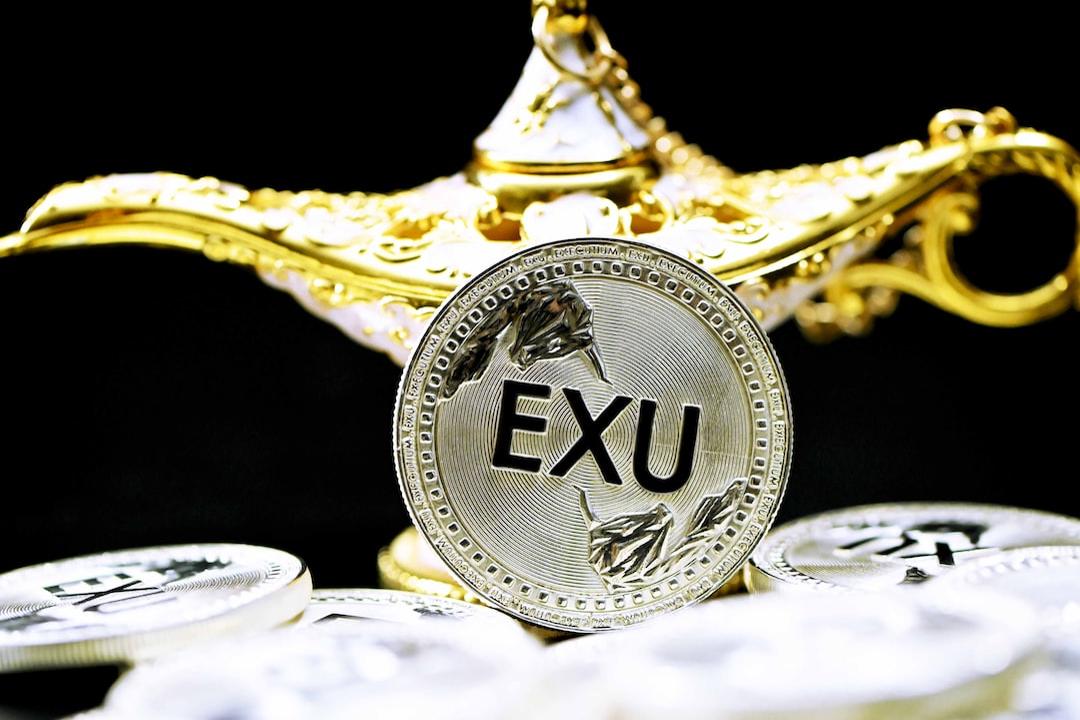With more and more traditional financial institutions exploring cryptocurrency and blockchain technology, the lines between industries are becoming blurred. Lennix Lai, the Global Head of Business at OKX, shared his insights on how blockchain technology is impacting traditional finance in an interview with Sangbushi during the Taipei Blockchain Week. With a rich background in traditional finance, Lennix discussed his views on the development of web3 in Hong Kong, how to maintain a leading position, OKX’s product strategy, and their presence in the Taiwan market.
Blockchain Technology’s Financial Innovation
Lennix Lai mentioned several advantages of combining traditional finance with blockchain technology. Firstly, he pointed out that blockchain technology significantly reduces costs, especially in cross-border remittances. He then discussed the concept of “asset tokenization,” which has attracted significant attention from traditional institutions. Lennix believes that the biggest advantage of tokenization is the lowered entry barriers for users. Additionally, tokenization allows traditional financial tools to enter the world of crypto finance, leveraging the benefits of blockchain composability. For example, tokenized government bonds can be used as collateral for lending. Tokenized assets are also more liquid than traditional assets, making them globally tradable.
Maintaining a Leading Position in the Crypto Space
The volatility of cryptocurrencies last year highlighted the risks exposed by the crypto industry in an unregulated market environment, particularly with incidents like FTX misappropriating funds. This has led some users to choose exchanges supported by large financial institutions or brokerage firms that offer cryptocurrency trading services. Traditional finance is gradually showing interest in capturing the cryptocurrency market, including the launch of highly anticipated Bitcoin ETFs. In light of this trend, how OKX and other native crypto exchanges maintain their leading position becomes an important issue. Lennix Lai believes that whether it’s exchanges, investment banks, or asset management companies, they will introduce more crypto-related financial products to the market for their clients. However, he doesn’t see a direct competition emerging between them in the near future.
OKX’s Product Strategy
Recently, Binance launched its own Web3 wallet. However, prior to that, OKX was one of the few exchanges that introduced wallet functionality. OKX’s Web3 wallet has gained popularity among the community, with some users even replacing their existing hot wallet apps with OKX’s wallet to explore the decentralized world. Facing competition from major exchanges joining the Web3 wallet market, Lennix Lai stated that while this service is not the main source of revenue for exchanges, Web3 wallets are crucial for breaking down the barriers between Web2 and Web3. They serve as the main gateway to connect users with the world of cryptocurrencies. OKX aims to make these types of products as easy to use as email addresses, allowing users to seamlessly connect to over 20 public chains and thousands of decentralized applications (dApps). Lennix also believes that OKX’s future growth engine could lie within the Web3 ecosystem.
Hong Kong’s Regulatory Measures as a Reference Model
The Hong Kong government has embraced the digital asset industry in the past two years and gradually established regulatory requirements. This includes allowing retail investors to trade cryptocurrencies and approving compliance license applications from several exchanges. As an early player in Hong Kong, OKX has also submitted relevant license applications. When asked about the potential impact of Hong Kong’s embrace of Web3 on the Asia-Pacific region and the world, Lennix Lai believes that it has become an important reference standard. Currently, many countries’ regulations on cryptocurrencies only meet anti-money laundering requirements, while Hong Kong’s regulations are more comprehensive, focusing on various requirements for institutions holding customer crypto assets, including insurance mechanisms, custody rules, cybersecurity standards, and token listing conditions. The platform is also required to have audit reports from third parties. Lennix believes that Hong Kong’s cryptocurrency regulations are suitable for reference by multiple countries. As a long-standing financial center, Hong Kong still has many financial organizations operating traditional financial businesses, making it challenging for such a mature financial system to embrace cryptocurrencies.
OKX’s Plans in Taiwan
Regarding their presence in the Taiwan market, Lennix stated that as a global platform, OKX has gradually started to cultivate local markets in multiple regions, with Taiwan being an important pilot market for their localization strategy. He emphasized that Taiwan has a significant number of users and a larger and more comprehensive crypto ecosystem than they had imagined. Therefore, Taiwan is a crucial market for OKX, and the exchange hopes to launch more activities tailored to the Taiwanese market.

